By Julie Tomascik
Black cows, red cows, white cows. When you have a pasture full of them, it can be tough to tell them apart.
That’s why many farmers and ranchers across the country “tag” them.
Now I don’t mean tag them on Facebook, although there are plenty of cow photos on the internet.
When ranchers “tag” cattle, they give them an ear tag that hangs kind of like an earring. Each tag has a number that is unique to the animal and can serve as a lifelong identification.
Calves are often tagged shortly after birth. Some ranchers include birth dates on the tags. Others just use a number.
Those plastic ear tags come in all colors—red, yellow, orange, purple, blue, green and more. Some are pre-printed with numbers and others are handwritten.
For some farmers, that standard ear tag has even gone high tech!
Those high tech ear tags allow farmers and ranchers to record a cow’s body temperature and health. And dairy farmers often sync that information to their computers and smartphones. That allows them to keep even more detailed records on their cattle.
Ear tags are also used for identification purposes for pigs, sheep and goats. Each animal is unique, so each receives its own identification number.
Although often overlooked by the untrained eye, the ear tag has helped ranchers increase production, because they are able to keep better records. That allows for improved efficiency when you know more about your livestock.
Agriculture may not always be considered trendy, but I think farmers and ranchers get to take credit for tagging. After all, they were tagging livestock long before it was cool to tag people on social media.


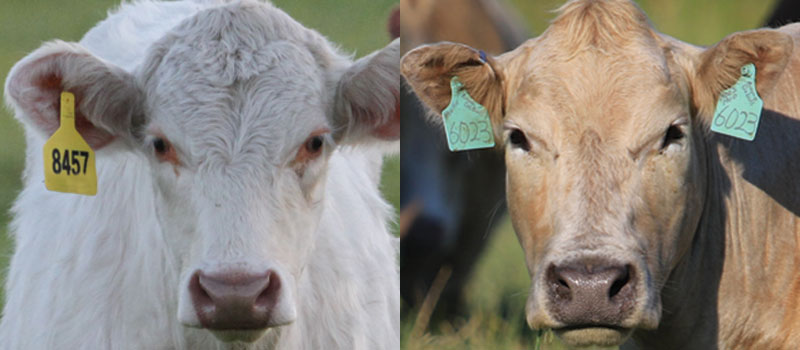
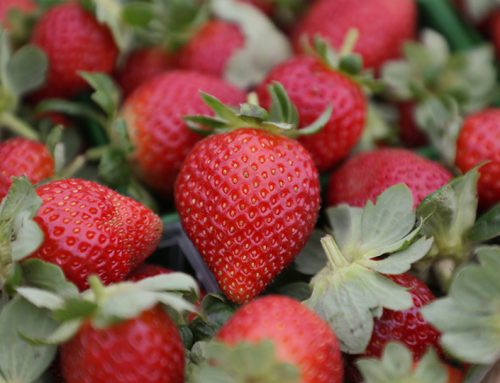
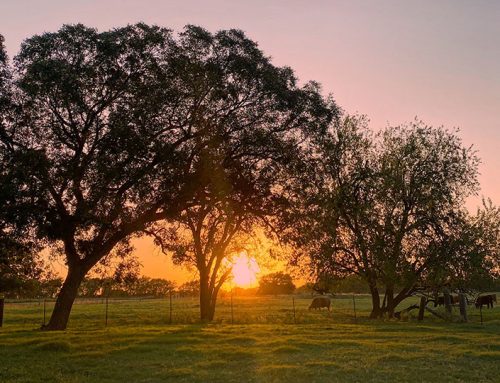
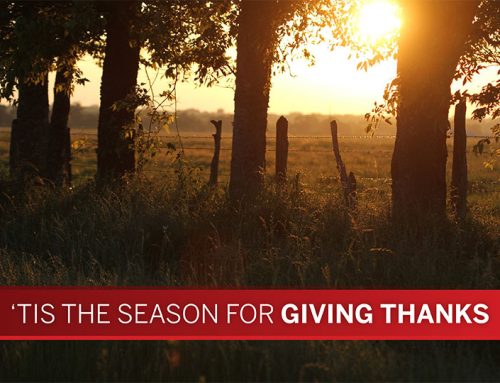
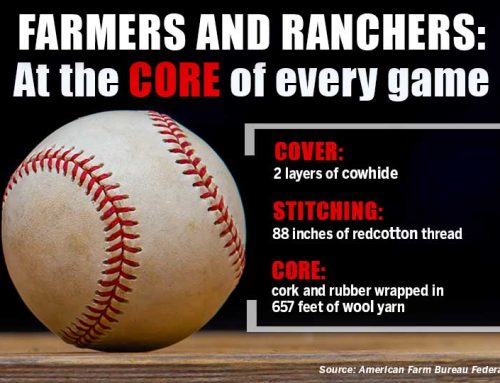
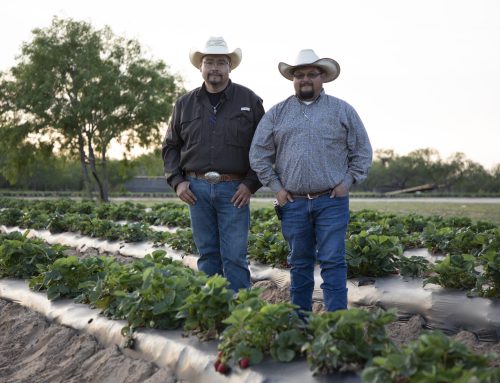




Leave A Comment